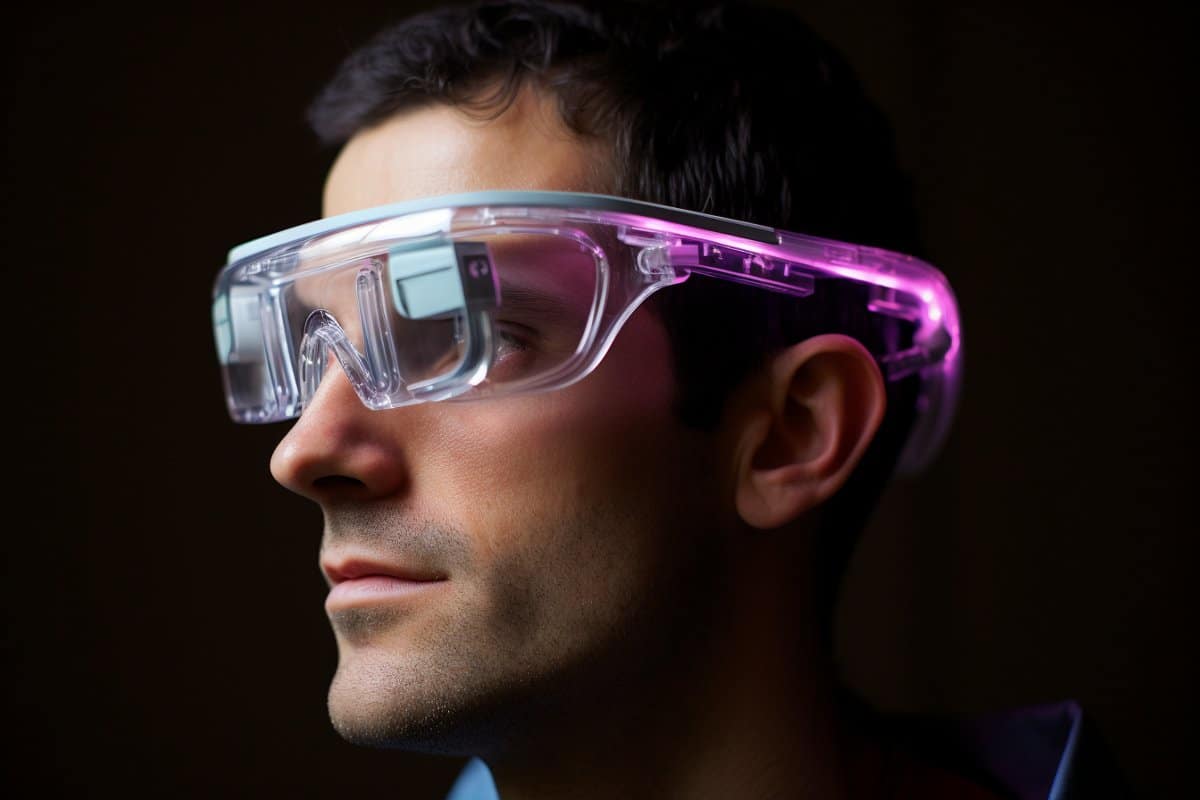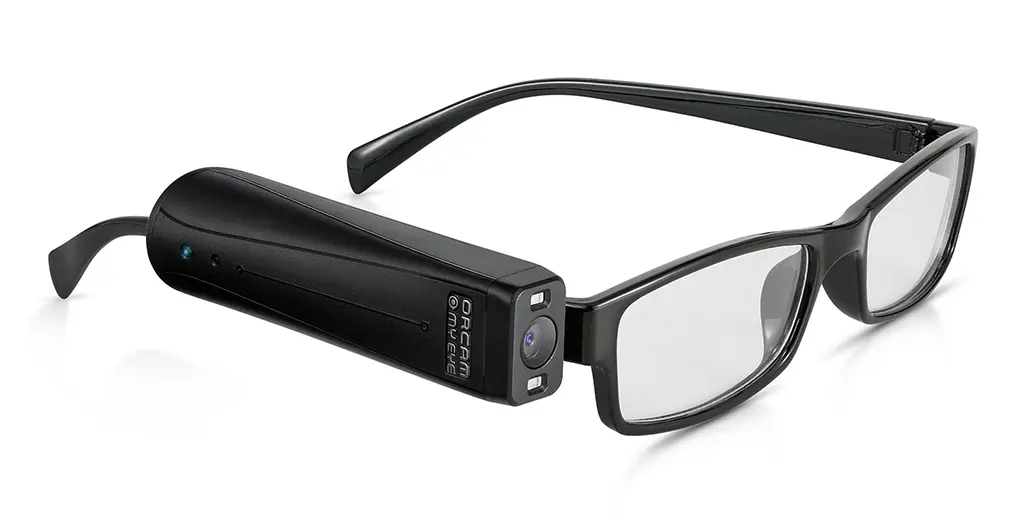Mobility Aids for Visually Impaired Users: Enhancing Independence and Navigation
Mobility Aids for Visually Impaired Users: Enhancing Independence and Navigation
Blog Article
Ingenious Solutions in Assistive Modern Technology for Visual Impairment
The landscape of assistive modern technology for visual impairment is progressing swiftly, presenting a variety of cutting-edge solutions that improve access and independence. From advanced mobile phone applications that promote navigating to wearable devices developed for real-time support, these devices are improving the experiences of those with visual impairments. Furthermore, the assimilation of clever home technologies and educational resources has the prospective to promote higher area involvement. The implications of these advancements raise critical questions concerning their access and performance in varied contexts, calling for a better evaluation of their broader impact.
Innovations in Smart Device Applications
Recently, advancements in smart device applications have significantly changed the landscape of assistive innovation for individuals with aesthetic impairments. These applications utilize the powerful sensors and abilities of modern smart devices to offer users with devices that enhance freedom and ease of access in their lives.
Significant among these advancements are applications designed for things recognition, which make use of the smartphone's camera to identify things and offer verbal descriptions. Such attributes encourage individuals to browse their environments better, whether determining products in stores or situating personal items at home. Furthermore, text-to-speech applications have actually improved substantially, allowing customers to capture printed message via their gadget's electronic camera and receive immediate sound responses, thus assisting in analysis and comprehension.
Navigating applications customized for aesthetically impaired individuals have actually additionally emerged, providing acoustic advice and detailed place info. These devices give crucial assistance for flexibility, permitting users to pass through unknown areas with self-confidence. Furthermore, community-driven applications have fostered social interaction and resource sharing among people with aesthetic problems, developing a supportive network that improves their high quality of life. Overall, smartphone applications have become essential allies in promoting autonomy and ease of access for individuals with visual impairments.
Wearable Tools for Navigation
Wearable devices for navigating have actually emerged as a groundbreaking service for individuals with aesthetic impairments, using hands-free support that enhances mobility and alignment. These gadgets usually utilize innovative technologies, consisting of GPS, ultrasonic sensing units, and expert system, to give real-time comments and instructions to users as they browse their atmosphere.
One significant example of wearable navigating innovation is clever glasses, which can find obstacles and relay auditory or haptic responses to the wearer, enabling risk-free and reliable activity in different setups. Various other devices, such as belts and vests equipped with sensing units, can likewise notify individuals of their environments by supplying informs concerning neighboring things or changes in surface.
Additionally, lots of wearable devices integrate with smart device applications, enabling individuals to customize their navigation choices and get customized path pointers. This personalization can dramatically enhance the individual experience, encouraging individuals to travel with higher self-confidence and independence.
As technology remains to develop, the capacity for wearable navigating tools to improve the lifestyle for individuals with aesthetic impairments stays considerable, leading the way for more inclusive and easily accessible atmospheres.
Smart Home Innovation Assimilation

In addition, clever appliances geared up with responsive user interfaces or acoustic feedback offer user-friendly communications that provide specifically to the demands of those with visual problems. Clever fridges can introduce their contents and expiration days, while smart ovens can guide users through the cooking process with audio instructions.
Home automation systems, such as wise doorbells and security cameras, provide assurance by allowing users to receive alerts and access live feeds via their mobile devices, enhancing personal safety and security (AI-powered visual aids). In addition, assimilation with tablets and mobile phones guarantees that users can handle their home setting from anywhere within their properties
As wise home innovation remains to evolve, it holds the possible to transform the living experiences of individuals with aesthetic disabilities, cultivating freedom and enhancing lifestyle in an increasingly connected world.

Educational Equipment and Resources
Accessibility to reliable instructional devices and sources is essential for individuals with visual disabilities, as it equips them to engage completely in their knowing experiences. Different assistive innovations have actually been established to improve availability and foster independent understanding. Display viewers, for circumstances, transform message right into speech, enabling trainees to gain access to digital content flawlessly. AI-powered visual aids. Additionally, refreshable braille displays provide tactile feedback, making it easier for students to connect with created product.
Moreover, instructional software application particularly designed for aesthetically damaged individuals offers attributes such as high-contrast settings learn this here now and customizable message dimensions. These tools suit diverse learning designs and make sure that students can customize their academic experience to their needs.
In addition, access to electronic libraries and audio publications broadens the range of readily available knowing products, allowing students to discover subjects detailed without the constraints enforced by typical print resources. Collaborative platforms that incorporate access features also promote team projects, making sure that visually impaired pupils can contribute meaningfully along with their peers.
Community Assistance and Involvement
A robust network of area support and interaction is essential for individuals with aesthetic impairments, promoting a comprehensive atmosphere where they can grow. Community organizations, neighborhood advocacy groups, and volunteers play a crucial role in offering sources, information, and companionship, which are crucial for enhancing the lifestyle for those impacted by aesthetic disabilities.
Involvement tasks such as workshops, gatherings, and support teams not just assist in skill advancement however additionally promote social interaction, minimizing feelings of isolation. These efforts encourage individuals to share successes, obstacles, and experiences, consequently enhancing community bonds. In addition, partnerships with local organizations can result in greater accessibility in public rooms, better integrating people with visual impairments right into the community.
Modern technology likewise enhances neighborhood engagement with on-line platforms that offer online support system and resources, permitting individuals to attach regardless of geographical obstacles. By utilizing both digital and in-person remedies, communities can develop an extensive assistance network. Ultimately, cultivating collaboration amongst various stakeholders-- including family members, educators, and health care experts-- guarantees that individuals with aesthetic problems obtain the holistic assistance needed to browse every day life successfully and with dignity.
Verdict
Cutting-edge remedies in assistive modern technology for aesthetic problems dramatically boost the top quality of life for people encountering these obstacles. my blog The assimilation of smart device applications, wearable tools, wise home innovation, and academic tools promotes greater independence and accessibility.
The landscape of assistive technology for aesthetic problems is progressing quickly, providing a range of innovative solutions that boost access and self-reliance. Community-driven applications have fostered social interaction and source sharing amongst individuals with aesthetic problems, producing a helpful network that enhances their top quality of life. Generally, mobile phone applications have come to be crucial allies in advertising autonomy and access for people with visual impairments.
Several people with visual problems are discovering greater freedom with the integration of clever home innovation.Innovative options in assistive innovation for aesthetic disability significantly Extra resources boost the high quality of life for people dealing with these challenges.
Report this page